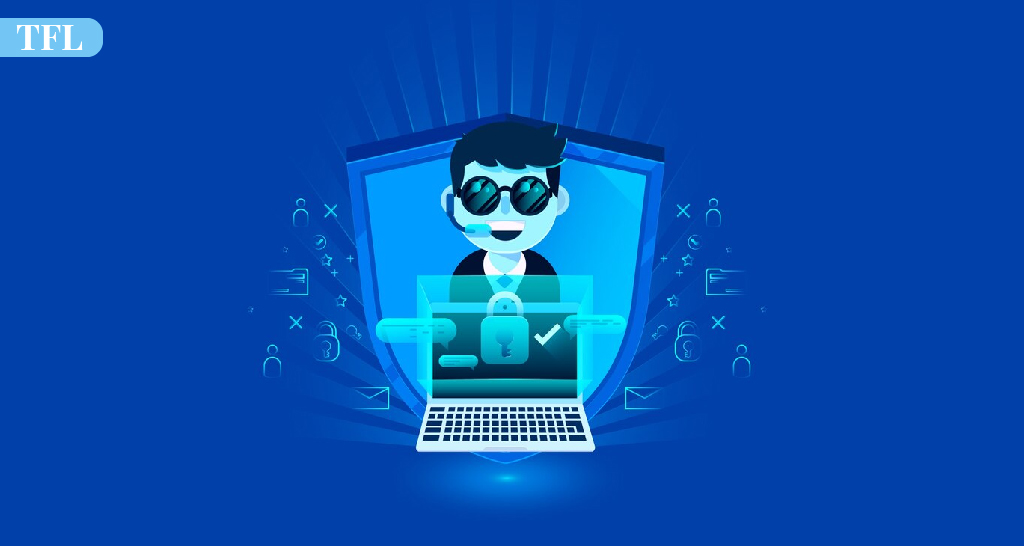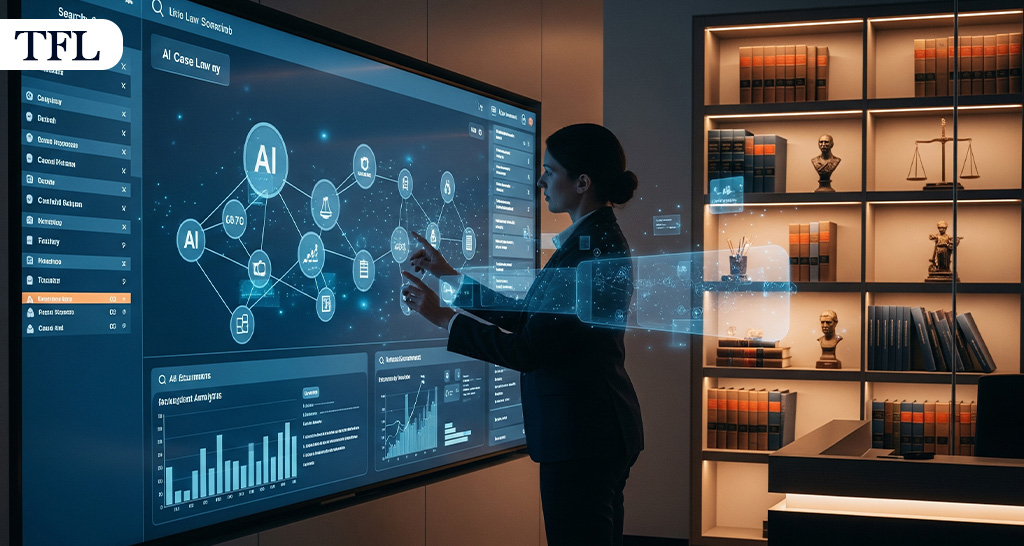In a world that is becoming more and more computerized, organizations are facing an expanding number of cybersecurity risks, any one of which might have catastrophic effects. The constantly shifting world of cyber threats calls for security measures that are both proactive and resilient. Examples of this include data breaches and ransomware assaults. It is essential for the maintenance of trust, the protection of sensitive information, and the continuation of business operations that your company takes precautions against the risks posed by these threats. In this post, we will outline critical tactics that may be used to safeguard your company from the most recent cybersecurity attacks.
Carry out a Detailed Analysis of the Dangers:
The first step in developing an effective cybersecurity plan for your company is to have an understanding of the unique risks that your company confronts. Carry out an exhaustive risk assessment in order to locate any possible flaws in your organizational processes, procedures, and policies. Consider using the services of cybersecurity professionals to carry out penetration testing and vulnerability scanning in order to unearth previously unknown dangers.
Provide Employees with Education and Training:
Errors caused by humans continue to be a major contributor to breaches in cybersecurity. It is essential to provide personnel with thorough training on the best practices for cybersecurity. Employees need to be trained to recognize phishing efforts, develop formidable passwords, and communicate securely over channels that are encrypted. A considerable reduction in the likelihood of a successful cyber assault may be achieved by the implementation of routine training and information dissemination on newly discovered dangers.
Put into practice multi-factor authentication (also known as MFA):
Users are required to prove their identity using a variety of credentials in order to take advantage of multi-factor authentication (MFA), which provides an additional layer of protection. Passwords, biometrics, smart cards, or one-time passcodes may all be used in conjunction with one another for this purpose. The use of multi-factor authentication (MFA) to get access to essential computer systems and sensitive information considerably strengthens security. It makes it more difficult for hackers to gain illegal entry.
Perform Routine System Updates and Patch Work:
Software and operating systems that have been out of date for a long time are simple targets for cyberattacks. Maintaining all of your software, including your security software, with the most recent updates and patches will guarantee that you have the most up-to-date safety features and defenses against known vulnerabilities. Establish a procedure to enable the prompt application of fixes for newly found vulnerabilities in order to reduce your level of exposure.
Implement State-of-the-Art Firewalls and Intrusion Detection Systems (IDS):
The prevention of illegal access to your network is significantly aided by the use of firewalls and intrusion detection systems (IDS). Modern firewalls are able to filter both incoming and outgoing information, allowing them to detect and stop potentially malicious activity. Combine this with an intrusion detection system (IDS) to monitor traffic on a network for strange patterns and any security breaches. This will enable a fast reaction to eliminate any potential dangers.
Make frequent and secure backups of your data:
The practice of regularly backing up one’s data is an essential component of sound cybersecurity. Your most important data should be backed up on a regular basis, and you should take precautions to ensure that the backups are kept in a safe area that is disconnected from the core network. In the event that a data breach or cyber assault is successful, it is important to have a robust data recovery strategy in place to reduce the amount of downtime experienced.
Create a strategy for dealing with incidents:
When a cyber event happens, the procedures to follow should be clearly outlined in an incident response plan. It should identify roles, responsibilities, and communication processes so that a cybersecurity event may be efficiently managed and its effects reduced. This strategy should be tested on a regular basis and updated to ensure that it continues to be successful in responding to changing cyber threats.
Encrypt All Private Information:
It is essential to encrypt sensitive data not only while it is in transit but also while it is stored in order to keep your company’s information secure. Data that has been encrypted is transformed into a coded format that requires the corresponding encryption key in order to be accessed. Data is safeguarded by this method even in the event that unauthorized individuals steal it.
Implement Access Controls and Place Boundaries on Privileges:
Put in place stringent access restrictions, and make sure that workers may only access the information and systems that are relevant to their jobs. Access permissions should be reviewed and updated on a regular basis, and workers who no longer need access should have their access revoked. In addition, restrict administrative powers to lower the possibility of attacks coming from inside the organization.
Keep an eye on the behavior and activity of the network:
Install powerful network monitoring tools that examine the behavior of users on the network as well as network traffic in order to identify abnormalities and possible security breaches. Continuous monitoring allows for the early discovery and prompt reaction to security issues, hence limiting the amount of harm that may be caused and the possibility of data loss.
Put in place protection for endpoints:
Ensure the safety of all devices (computers, mobile devices, and so on) that are linked to your network by using cutting-edge endpoint protection solutions. These systems are able to identify and prevent malware, ransomware, and other types of threats that may attack endpoints.
Conclusion
In order to safeguard your company from the most recent cybersecurity threats, you will need to implement a comprehensive strategy that includes technology, training, policy, and preventative measures. You may dramatically improve your company’s resilience against ever-evolving cyber threats by investing in cybersecurity measures, training staff, and keeping current on the newest threats and responses. Maintain vigilance, be flexible in the face of changing circumstances, and make cybersecurity a top priority to preserve the long-term prosperity and safety of your company.

















